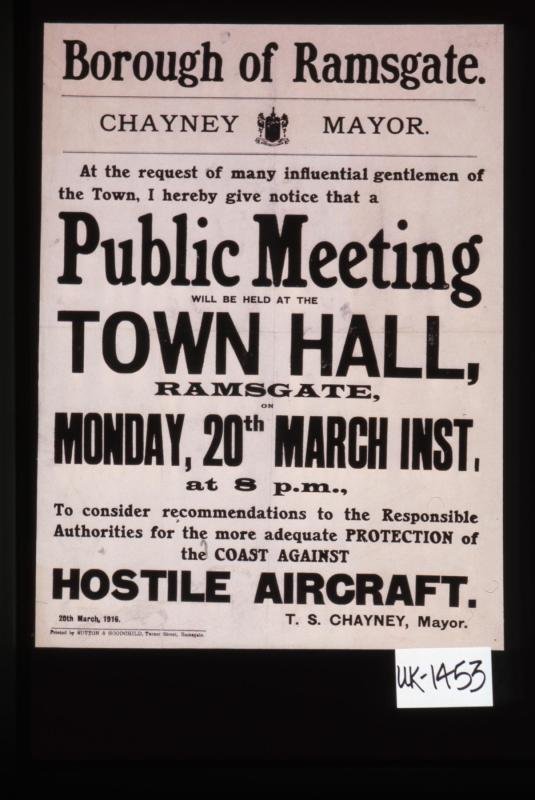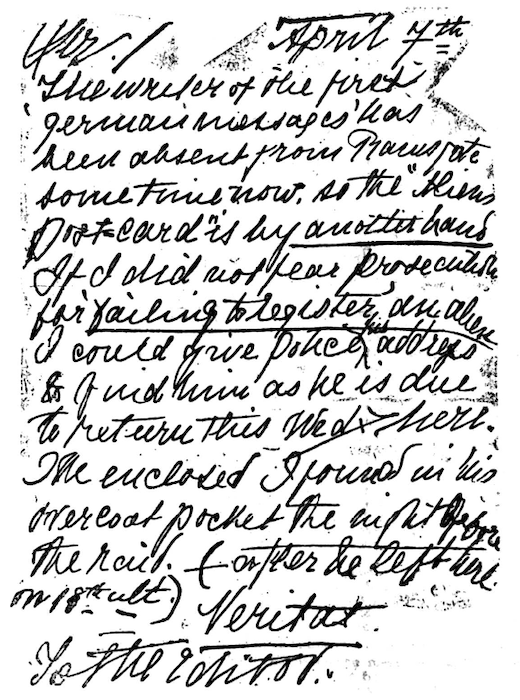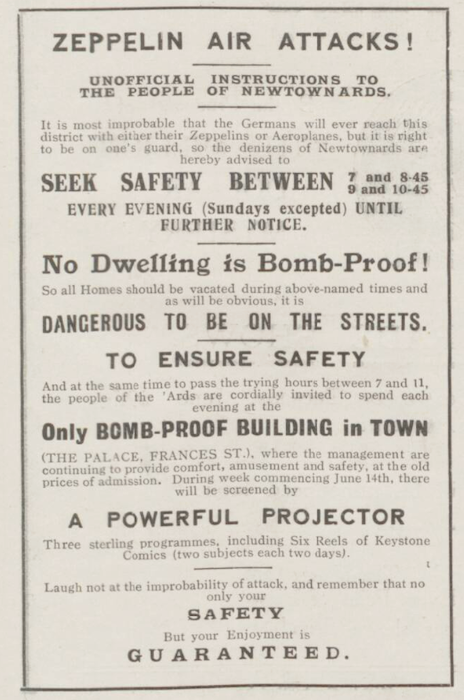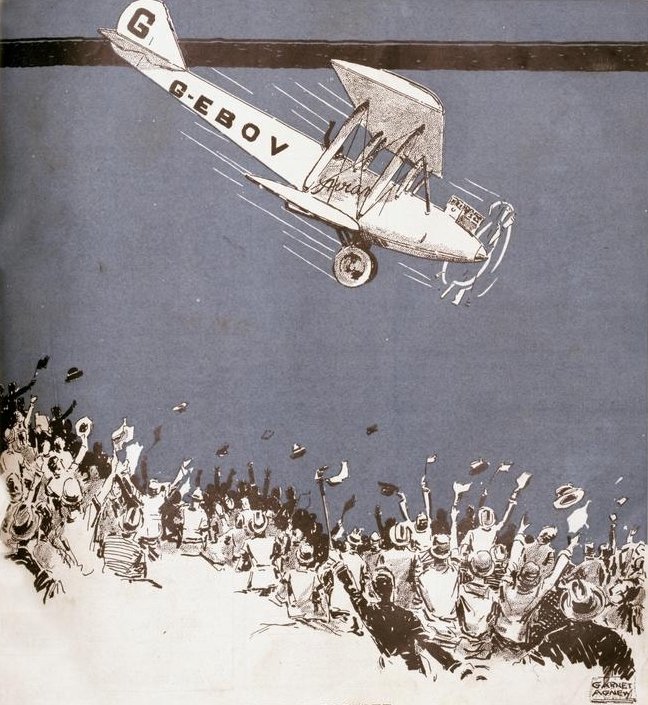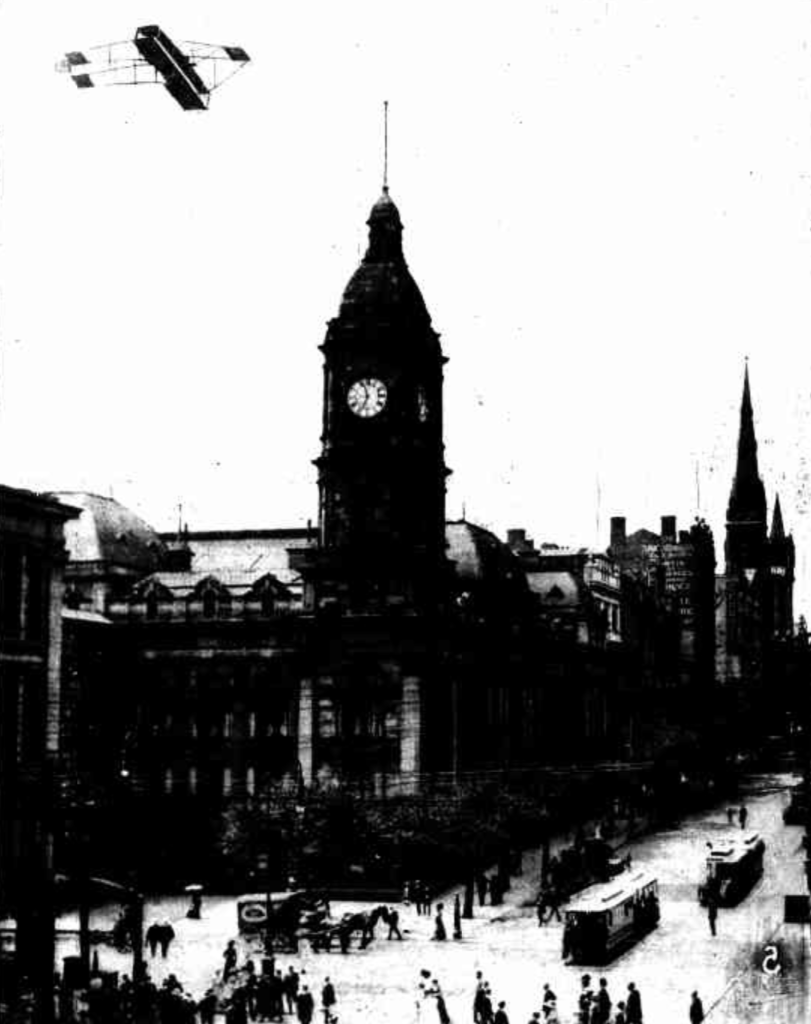The First Blitz? – II
I admit the term ‘First Blitz’ is a convenient label for the air raids on Britain in the First World War, both as a shorthand and because there really were many similarities with the later Blitz. But nevertheless, I don’t really like it, and I’m avoiding it in my own book on the topic. Why?

